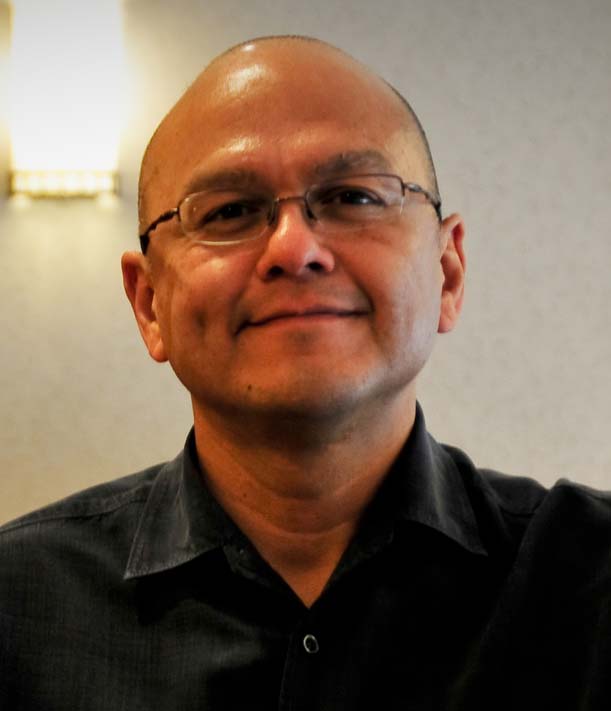This is the third in a three-part series on First Nations Housing. Click Here for Part One of the Series.
This is the final article in a three-part series on First Nation housing. The first article was written for national leaders about how to correct the First Nation housing crisis. The second article was written for community leaders about better managing their housing stock and programs. This final article is for community members who struggle with getting ahead in a First Nation home.
First, let’s look at the “Canadian Dream,” which is largely based on buying a home and making that the centrepiece of an investment strategy. Indeed, most Canadians generate the bulk of their wealth from their homes.
The “Canadian Dream” goes something like this: in your twenties (hopefully), after scrimping and saving, you will buy your first home. It will be at a good price and in a decent neighbourhood. Then, you will work steadily to pay down your mortgage: “I owe, I owe, so off to work I go.” Over time, your home’s value goes up. For some, it goes way up.
After 20 years of paying off your home, you have raised your kids and hopefully put something aside for retirement. When you finally decide to sell your home (called “downsizing”) any profit you make from that sale is tax-free. Along with your company pension, you should have socked enough away to live a comfortable retirement.
Those who entrench themselves in the “Canadian Dream” live a comfortable life. It’s a good life.
Now let’s compare that with the “First Nation Dream” of home ownership.
First and foremost, First Nation homes are not wealth generators. Their values do not go up over time. This is because the land that First Nation homes sit on has little or no market value.
Still, you want a piece of the “Canadian Dream.” So you go down the path of buying an on-reserve house. Whether you go through CMHC or the bank, you will have to pay back the costs to build your home – this can total a few hundred thousand dollars – which has no financial payback for you down the road. Your home will never have the market value of what you paid.
Side-note to the Canadian taxpayer: First Nations do pay for their own homes. The rules have changed since the 1980s in that CMHC now lends the money to build the home but it is expected that the loans will be repaid in full by the homeowner (or the Band, if the homeowner defaults).
Thus, since the 1980s, First Nations have spent their prime working years paying off a home that does little for creating wealth the way other Canadians enjoy. This flawed system of First Nation home ownership has created a paradox in First Nation housing: an off-reserve home is an asset. An on-reserve home is a liability.
Another critical difference between the “Canadian Dream” and the “First Nation Dream” is that the latter does little to promote the mindset of wealth generation. For example, pursuing the “Canadian Dream” encourages a whole string of positively reinforcing behaviours, such as saving money, leveraging equity and planning for retirement.
Indeed, it’s a sad state to see an Elder today who has worked hard to pay off his home but has nothing to show for it, other than a CMHC house.
So until the on-reserve housing system changes fundamentally, First Nation individuals must find other ways to attain the “Canadian Dream.”
First and foremost, you should start acquiring good assets. In general, good assets will increase in value over time. Bad assets depreciate over time. I see a lot of bad assets when I drive through the Rez: high depreciating vehicles and way too many recreational toys.
Second, live within a modest budget. This probably means cutting back on a few of your most frivolous expenses. If you can reduce even 15 percent of your discretionary expenses and shift those savings to buying good assets, within a short time, you’ll see a positive shift in your circumstances. For example, cut a bit of your entertainment budget and buy a GIC from an on-reserve bank.
Finally, find ways to bring in more cash. For example, if you run a business, take a part-time job. If you work full-time, start a part-time business. There are myriad ways to make a little more cash. Even a 5 percent increase in annual income can have a big impact on your long-term wealth.
It’s as simple as ABC:
Assets: buy good ones, avoid bad ones
Budget: live simply, like your Elders
Cash: bring in a little more
One of the most important books I have read on financial planning was “The Millionaire Next Door,” which proved that the average millionaire was not a flashy jet-setting business tycoon. Rather, he was frugal, owned modest things, and invested smartly and conservatively. In effect, when it comes to financial planning, the turtle does win the race.
Finally, I had the pleasure of meeting a First Nation “Millionaire Next Door” recently. He was a quiet, humble elder, about 67 years young. He never made a ton of money, working mostly for his Band and in a few off-reserve labour positions. But he lived a frugal life, saved smartly and invested in some off-reserve property that made him a very decent return. When he finally cashed out on his property, he just banked the money.
So, it can be done!
by Andrew Leach, MBA
Andrew Leach, MBA, is a successful First Nation management consultant, who specializes in turning messy situations into prosperous ones. Visit his website at www.andrewleach.com or drop him an email at [email protected]



Be the first to comment on "The fallacy of the Canadian Dream for First Nation homeowners – Part Three"